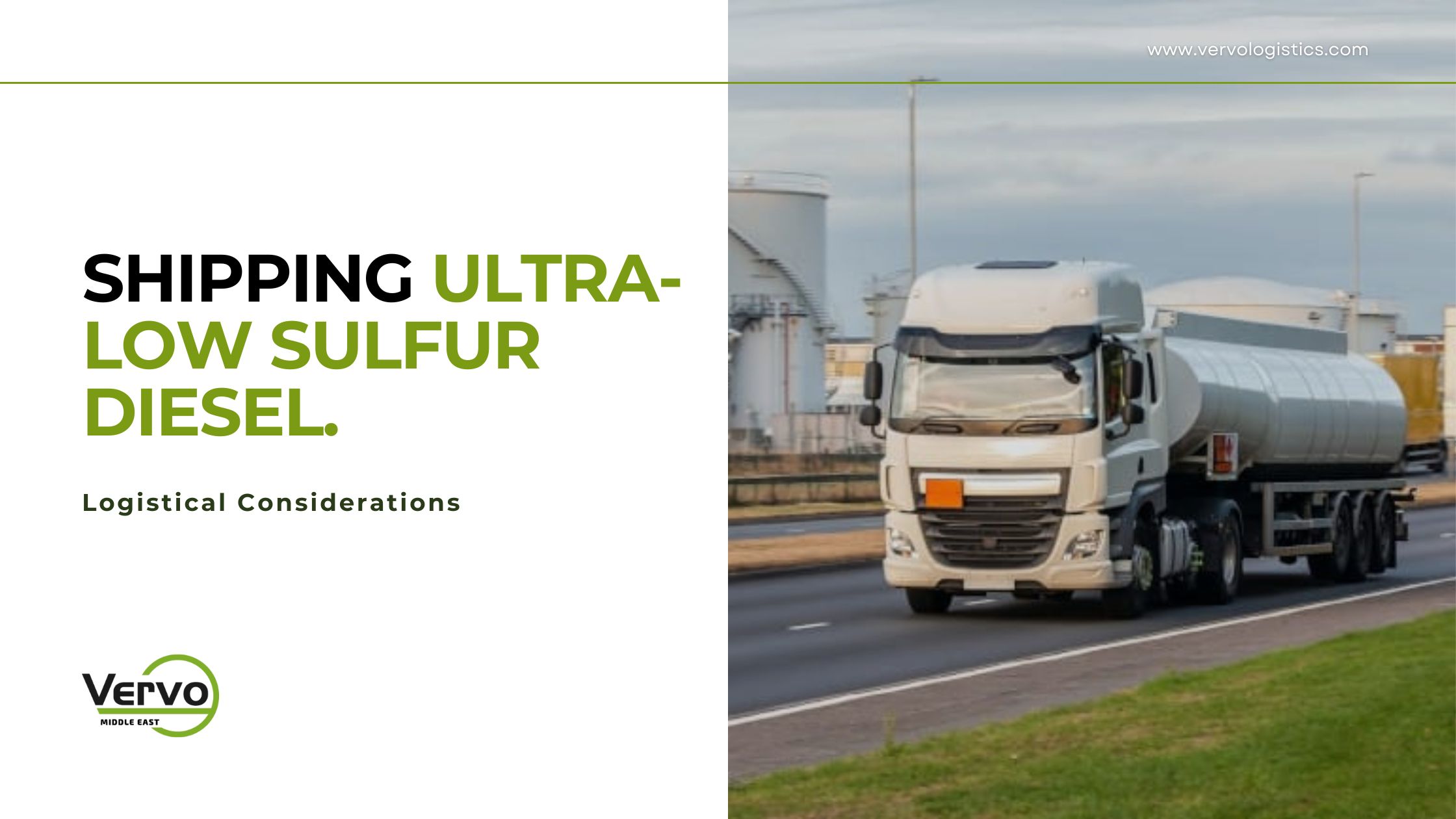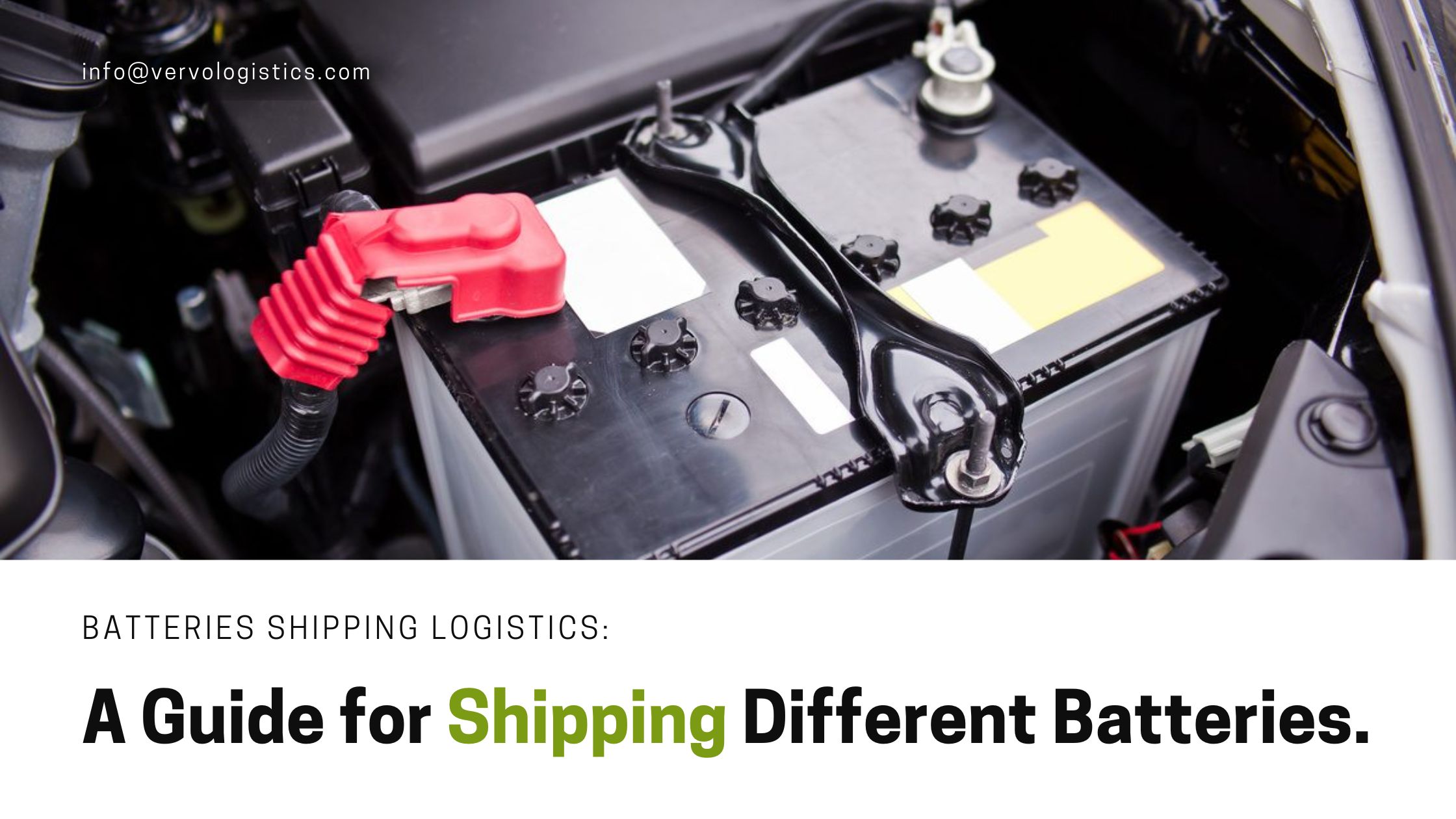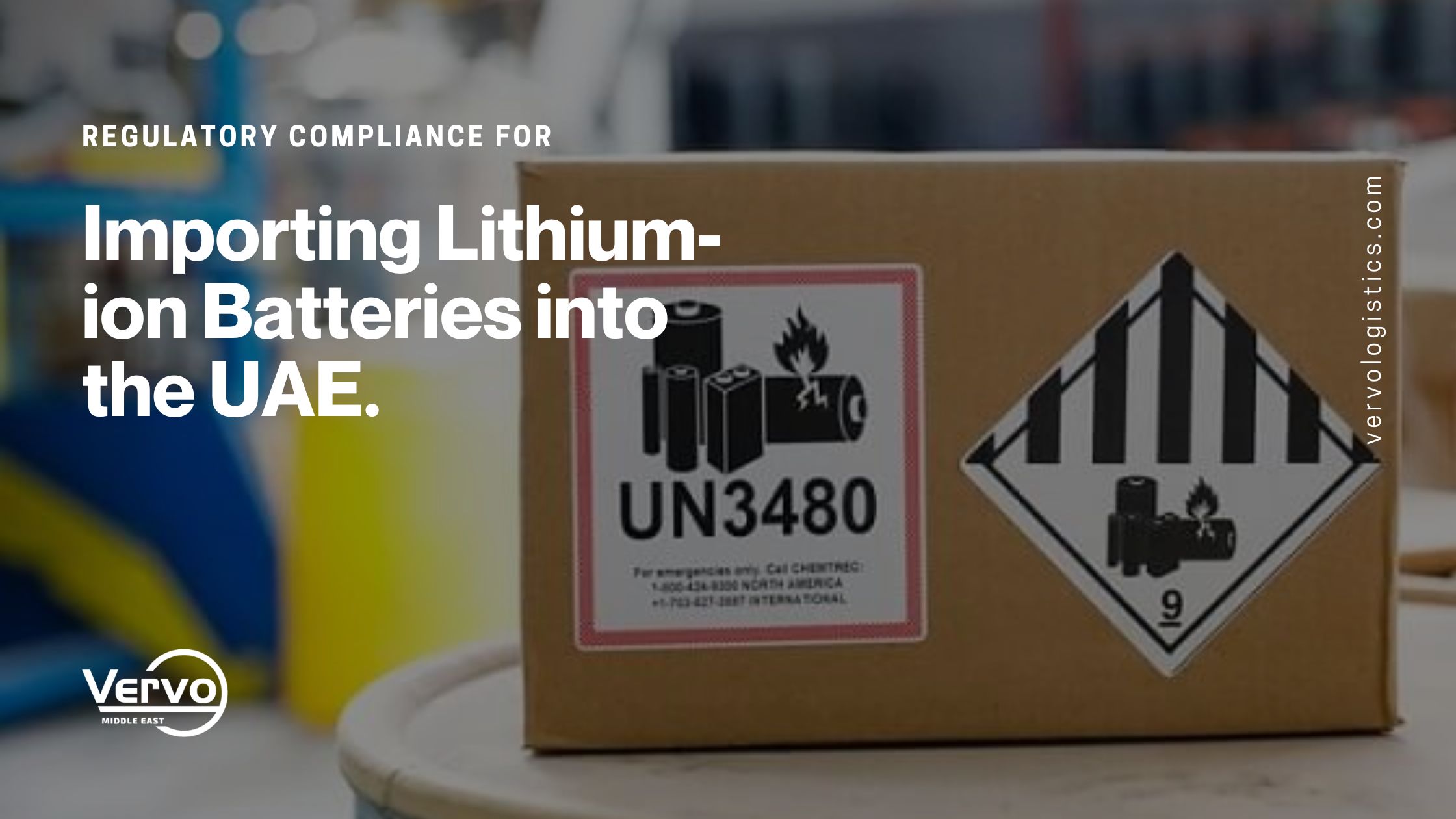With stringent purity standards, shipping Ultra-Low Sulfur Diesel (ULSD) overseas poses unique handling challenges. ULSD contains just 15 parts per million (ppm) sulfur, which is like adding a mere 15 drops of water into a large fuel tanker truck that holds 20,000 gallons. This tiny amount of sulfur in the diesel makes it much cleaner, yet it is susceptible to contamination and stability issues during long voyages. Our logistics team explains in this blog how we maintain operational precision while handling this type of diesel cargo overseas. ⬇️
What is Ultra-Low Sulfur Diesel (ULSD)?
ULSD, a class 3 flammable liquid, has the HS code 27101947. Compared to standard diesel with 500ppm sulfur, ULSD's purity renders it 7 times more prone to oxidative degradation, requiring controlled environments for extended transport. As little as 0.5% contamination from higher sulfur fuels can push ULSD over the ultra-low limit, while oxidation can elevate sulfur content 2-3 times. With transoceanic journeys spanning weeks, even slow reaction rates accumulate substantial effects. Just a 0.01% increase in total potential sulfur exceeds the ULSD specification limit.
Avoiding this requires specialized equipment for maintaining sealed, temperature-controlled, inert environments across transport steps, that wouldn’t render 'ultra-low' diesel out of spec.
Container Type: ISO Tank Containers
When shipping ultra-low sulfur diesel in bulk, we use ISO tank containers, they can be easily optimized for ULSD cargo. Why? ISOs can maintain ULSD purity on journeys across thousands of nautical miles. The stainless-steel construction and thick layer of insulation maintain optimized temperatures needed throughout long voyages. In addition, their specialized design enables nitrogen purging to exclude oxygen and prevent oxidative degradation of ULSD's purity. Tight seals on fittings further protect against sulfur-increasing reactions during marine transit. An ISO tank container:
✅ Has a typical capacity of 24,000 liters,
✅ Provides both durability and ease of handling for transoceanic ULSD transport.
✅ Reduces risks of spillage and contamination compared to single-use drums.
ISO tank containers are particularly useful for intermodal transport. They interface smoothly between ship, truck, and rail at overseas ports. This flexibility minimizes exposure. ISOs also readily stack on vessels, yet they remain small enough for rapid port loading/unloading versus, for instance, bulk tanker vessels. The scalability of ISO tanks makes them versatile and economical for mid-volume ULSD freight. With typical tanker trucks holding just 20 MT and large tankers up to 600 MT, ISO tanks nicely fill the niche of hauling ~24 MT.
Controlling ULSD Temperatures
ULSD is susceptible to oxidation, polymerization, and other reactions outside a stable 40-140°F (5-60°C) range. This makes bulk diesel cargo easily prone to degradation during marine transit.
ISO tank containers feature epoxy-coated aluminum shells and up to 100mm of polyurethane insulation to retain heat. While ISOs do provide insulation and temperature control capabilities for shipping ULSD, additional heating/cooling equipment is still recommended for long voyages and transit times. For example, on vessels, heated/cooled seawater or thermal oil circulation systems can be used to maintain entire cargo holds within a specified range. With ULSD's low viscosity, pumping also requires heat-traced lines to prevent waxing. Strict controls and monitoring ensure temperatures remain within a 10°C window throughout multi-week voyages. Proper insulation and climate control equipment minimizes heat gain/loss so that ULSD stays within its stability "sweet spot". This protects quality and prevents sulfur content changes that would violate purity standards due to different climates.
The Use of Nitrogen Blanketing
To prevent oxidation and contamination of Ultra-Low Sulfur Diesel (ULSD) during long transits, nitrogen blanketing is also used to exclude oxygen and moisture from storage tanks.
Nitrogen gas is inert and does not react with fuels. By filling the empty space in tanks with nitrogen instead of air, it prevents oxidative degradation of ULSD. It also displaces humidity that could enable microbial growth. There are some techniques for applying nitrogen blanketing:
- Tanks are initially purged with nitrogen to inert the headspace.
- Inert gas generators use membranes to produce continual nitrogen from the air. This maintains a protective blanket.
- Liquid nitrogen supply tanks provide a replenishing source for topping off.
- Tank pressures are monitored and kept slightly positive using nitrogen to exclude air ingress.
ISO containers have nitrogen-purging ports to be blanketed before sealing for transport. Some vessels also have onboard generators or liquid tanks to maintain inert atmospheres in cargo holds. With oxygen levels kept below 2%, nitrogen blanketing effectively curtails oxidation, preserving ULSD’s purity. This allows for meeting the 15ppm sulfur limit even after prolonged overseas journeys.
ULSD Cargo Handling: Loading and Unloading
When loading and unloading Ultra-Low Sulfur Diesel (ULSD), we follow certain procedures to prevent vapor emissions. During loading, bottom filling through drop tubes minimizes turbulence and aeration. Slow pump rates below 60 m/hr ensure smooth flow. Tanks get topped off to reduce empty space and limit air ingress. Level sensors linked to automatic shutdown prevent overfills. Nitrogen blanketing then excludes oxygen from any remaining void space. For unloading, top extraction from tanks keeps hose intakes always submerged, avoiding fuel-air mixing. Hoses get purged before and after transfer to eliminate residues. Fast pumping risks static charge buildup. Optimal flow rates of 3-5 m/hr balance speed with control.
Piping, pumps, and gasket types are also important. Piping systems in contact with ULSD must use stainless steel or aluminum to avoid corrosion. Copper, brass, zinc, and lead piping risk sulfur stripping and fuel degradation. Polyethylene and reinforced fiberglass are also acceptable non-reactive conduits. Likewise, pumps suited for ULSD include stainless models. For seals and gaskets, Viton fluoroelastomers withstand ULSD's solvent properties. PTFE gasket tapes resist chemical damage. Viton O-rings maintain tight seals on fittings. While installation joints get thoroughly cleaned and lubricated during assembly, torque wrenches ensure tightening to specifications. Gaskets are carefully aligned and secured. Strict protocols apply for container dressing - sealing, inerting, and documenting. Vapor recovery systems help control emissions. With well-planned procedures, ULSD gets transferred with minimal agitation, turbulence, or exposure.
Shipping Ultra-low Sulfur Diesel with Vervo Middle East
Shipping ultra-low sulfur diesel (ULSD) in bulk requires specialized handling across thousands of miles. That means choosing an experienced logistics partner is key to maintaining its purity. At Vervo Middle East, we have the proven expertise to preserve ULSD quality even on long journeys. Faster journeys mean less time for temperature fluctuations or contaminants to compromise ULSD quality. Our team selects the most direct, efficient shipping routes to destinations worldwide, ensuring fast, compliant delivery from the Middle East to Europe, Asia, Africa, and beyond. Balance speed with cost efficiency and minimize port exposures—purity assured.
Get in touch today to learn more about our strategic ULSD shipping services and request your free quote: ⬇️
Fill out the free quote form to request a FREE quote, or email our team:




